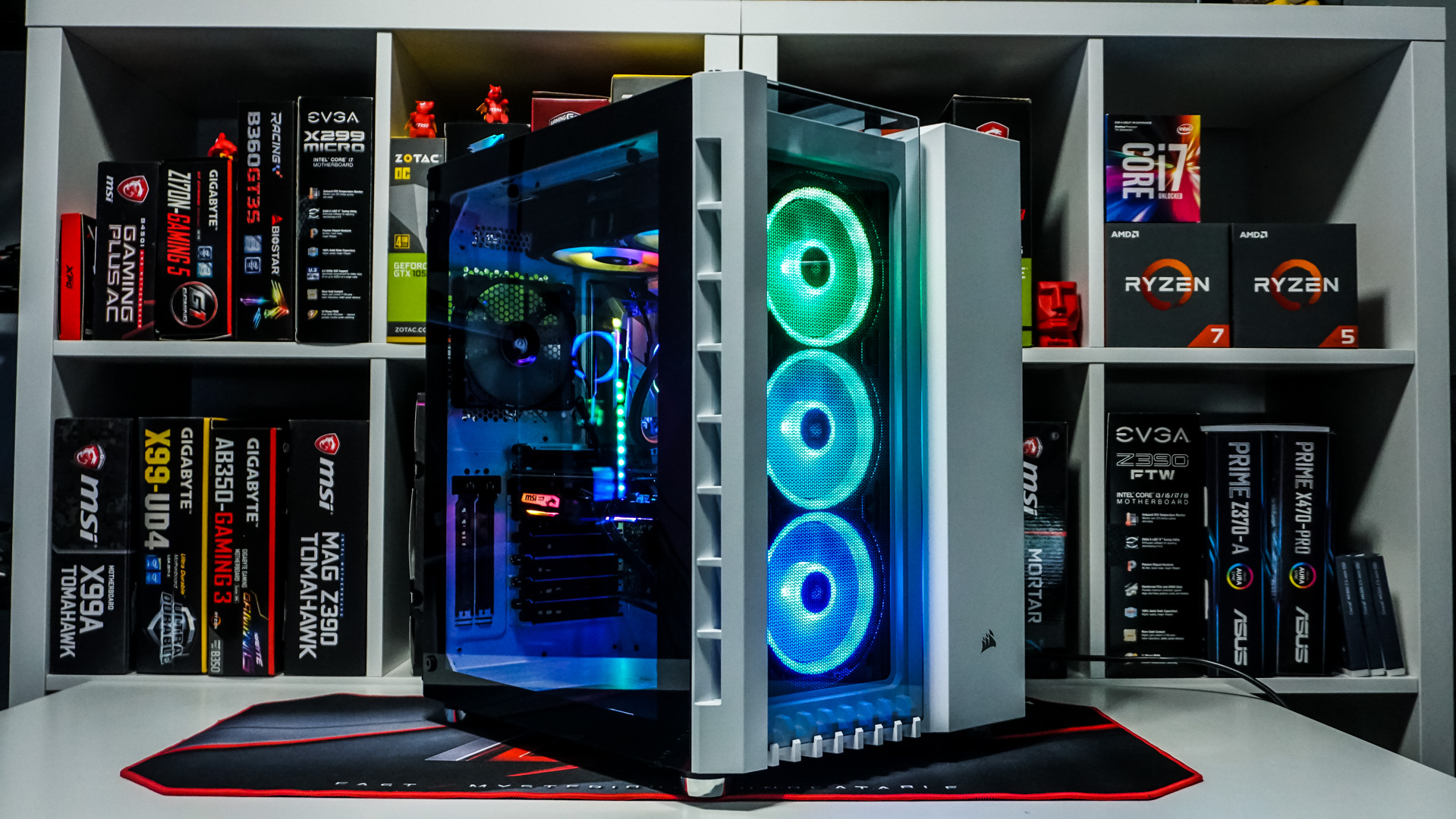Building a gaming PC can be overwhelming, especially if it is your first time. If you’re a lifelong console gamer and you don’t know what you’re getting into, PC gaming can be a little challenging. But don’t you worry, building your own gaming computer doesn’t have to be that difficult of a task.
Here is a guide on how to get started with building your game computer: what do you need and what will it cost?
1. Install a CPU
Parts: Motherboard, CPU
Remove the anti-static sleeve of your gaming motherboard and put it on a dry, flat surface. Remove the protective plastic cover on the motherboard over the CPU socket by pushing down and to the side of the lever neck, then pull up the cover. Now the processor is ready to be assembled.
Open the box of your CPU and disable the device. It will be stored securely in a plastic sleeve. Look at the CPU and align the arrow at the chip’s lower-left corner with the socket’s lower edge.
Expected cost: The motherboard will cost at least $25, and the CPU will cost $10-$30
2. Install Any M.2 SSDs
Parts: Motherboard, M.2 SSDs
Remove a few cables from the completed construction. You can do it later, but it makes it much easier to deal with the small, sometimes fiddly screws with the board out in the open than delaying it.
Include an M.2 slot cooler.
Expected cost: M.2 SSDs will cost $16
3. Connect All The Appropriate Case Wires to The Motherboard
Parts used: PC case, motherboard
For first-time PC builders, this is often the trickiest phase. Typically, many cables between the case and the motherboard. The size and number of wires differ on the motherboard. You must refer to the motherboard manual. Find the section on connectors to the front panel. All cases will have at least one power switch, most of which will include a reset switch as well as power and storage LEDs.
4. Connect Power to The Motherboard and Fans
Parts used: PC case, fan cables, power supply cables
Now that we have the power supply connected, it’s time to link several cables ‘ other ends: you will have to supply power to the motherboard, parts of the case, and your graphics card. Connect the 24-pin ATX fat cable to the appropriate area in your case, using as much space as possible behind the motherboard tray. The EPS12V wire goes to the top-left of our system, where there is a small cutout, and you need to connect that first because you are using a larger AIO cooler. It helps with some additional leeway to get a power supply with cables that are long enough to reach the desired location.
You will need a high amount of power supply. So, make sure that you compare the energy costs and find the appropriate electricity supplier.
5. Slot in the RAM
Parts used: motherboard, RAM
This step is super easy and can be done before you install the motherboard in the case. Take your RAM sticks out of their packaging (you probably have two or maybe four if you’re going to build a high-end X299 or X399).
Before installing, refer to the RAM slots page of your motherboard manual. This page will tell you the ideal RAM slots to use based on how many sticks you have. Sometimes the slots are color-coordinated, but you want to install two sticks in slots 2 and 4 on most modern boards.
Expected cost: Ram will cost $59
6. Install Hard Drives and SATA SSDs
Parts used: PC case, SATA HDD/SSD, SATA power and data cables
If you only have a single sizeable M.2 SSD, you may skip this step. Hard drives have much higher capacities at lower prices, but they are much slower than SSDs, and in high-end builds, we often omit them. This is also wholly viable if you prefer larger but slightly slower SATA SSDs over M.2. It is not a bad idea to add a 4 TB or larger HDD for mass storage and backup purposes, even if you enjoy fast SSD storage.
7. Insert the Graphics Card
Parts used: PC case, motherboard, graphics card, power supply
Finally, find your motherboard’s first x16 PCIe slot, the long slot closest to the CPU socket, and remove the expansion slot cover plates on the left. Now align with the slot the PCIe interface of your graphics card and press it into place. When it’s slotted in, re-insert the thumbscrews that you’ve just taken out to hold the graphics card in place.
All that you need to do is to supply it with power. Don’t know which one will work the best for you? Head over to Overstappen.nl to analyze the best deals you could get from your nearest energy suppliers for your gaming pc.
Building your gaming PC can be overwhelming, but when you complete it, your gaming experience will increase ten folds.


